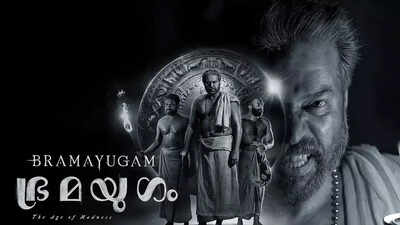Israeli Military Seeks Strategic Clarity From Netanyahu Amid Gaza Crisis, Hostage Deadlock

[ad_1]
India vs England Day 5: Can India do the UNTHINKABLE at The Oval? Four wickets and 2-2!
India vs England 5th Test Day 4 Sahil Malhotra from TOI Sports breaks down Day 4 highlights from The Oval 🏏 , here’s everything that went down, can India script a miracle on Day 5?
29.1K views | 8 hours ago
[ad_2]
Source link





